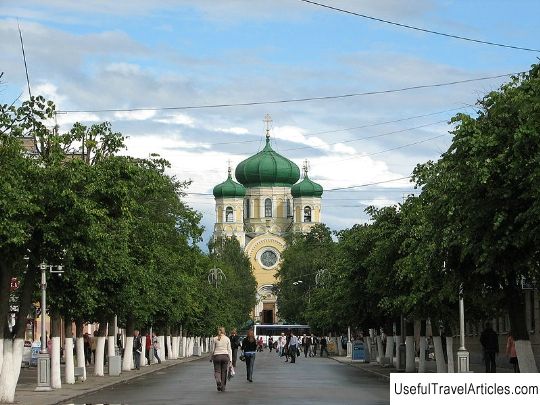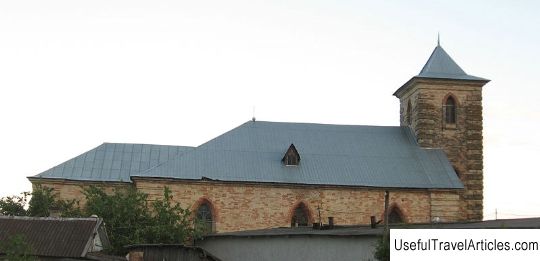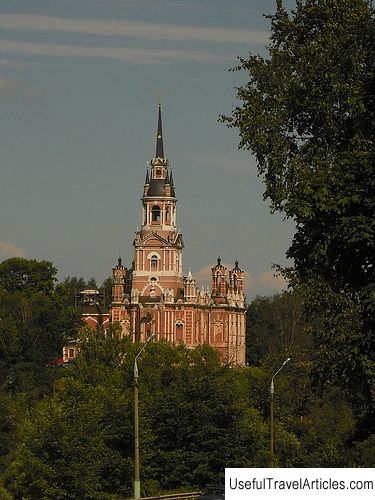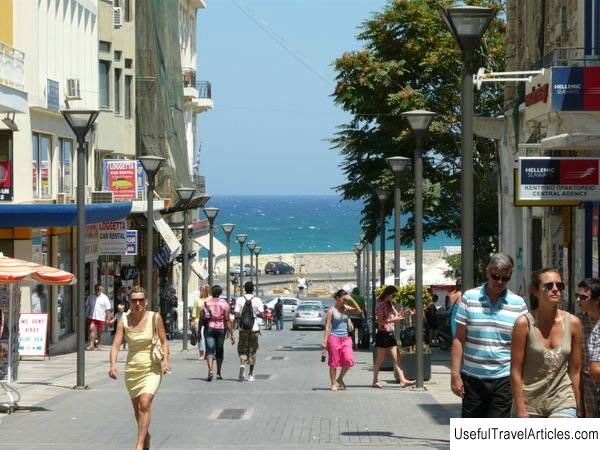Orphan Institute description and photo - Russia - Leningrad region: Gatchina
Rating: 7,8/10 (663 votes) 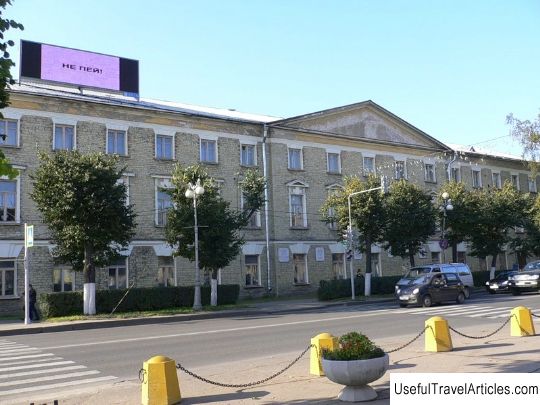
Orphan Institute description and photos - Russia - Leningrad region: Gatchina. Detailed information about the attraction. Description, photos and a map showing the nearest significant objects. Photo and descriptionThe construction of the Cathedral of the Apostle Paul in the city made a major adjustment to the plan of the historical center of Gatchina. From the east - a garden related to the temple, bordered by the village of Malaya Gatchina, and therefore the street was called Malogatchinskaya. Due to the construction of the temple, the village was moved beyond the Warsaw Railway. The part of the street to the east of the temple has retained its former name. And that section of Malogatchinskaya Street, which was located to the west of the temple to the beginning of Bolshoy Avenue, began to be called Cathedral. In front of Cathedral Street, opposite Bolshoy Avenue, there is one of the most monumental buildings in the city, in which the Orphan Institute operated until 1917. It is a federal cultural heritage site. This is a three-story building, once it occupied one of the most famous educational institutions in Russia. Konstantin Dmitrievich Ushinsky (legal subjects and Russian literature), Karl Frantsevich Albrecht (teacher of music and singing), Ivan Kupriyanovich Kupriyanov (geography), Yegor Osipovich Gugel taught here. Over the years, the Orphan Institute was headed by Nikolai Frantsevich Schilder, Ivan Bogdanovich Crater, Orest Lvovich Semyonov. The graduates of this educational institution were the outstanding chess player Mikhail Ivanovich Chigorin, painter Fedor Alexandrovich Vasiliev, economist Vasily Gavrilovich Yarotsky, theater director Alexei Lvovich Gripich, physicist Ivan Vasilievich Obreimov, famous politician, Bolshevik Boris Alekseevich Zhemchuzhin, aircraft designer Vladimir Konstantinovich , musician Dmitry Nikolaevich Lebedev, pilot, Hero of the Soviet Union Vladimir Alexandrovich Sandalov and others. The Orphan Institute was founded in 1803 at the request of Empress Maria Feodorovna. It was originally called the Rural Educational House. Children of both sexes from 7 years old were accepted for training and education there. The classes were designed for 600 pupils. After graduating from this institution, graduates entered the St. Petersburg Orphanage, which prepared young people for admission to higher educational institutions, and girls for work as governesses. Children and adolescents in the Rural Orphanage received the basics of knowledge and crafts. In 1823, the educational institution was moved to a building designed by D.I. Quadri. The building has an L-shaped plan. The walls are made of yellow slabs. Each facade has 19 windows. On the first floor, window openings are decorated with relief frames. In the second - with simple platbands. The central five windows are framed with triangular sandrids, which "echo" with the triangular pediment. The windows on the third floor are square, small, decorated with a relief - fan rustic patterns. The fence around the building is decorated with semicircles. The gate resembles a triumphal arch. The gateways are semicircular, framed by a profile archivolt. They culminate in pilasters and a massive entablature. The cornice is decorated with an attic. In the 30s of the 19th century, the Orphanage was reorganized and became a male eight-grade gymnasium for orphans. Since 1837, the gymnasium has been called the Orphan Institute. Orphans of noble origin up to 12 years old had the right to enter this institution. Home teachers were trained here, and later - officials of the office. In 1855 the Institute was renamed Nikolayevsky, in honor of Emperor Nicholas I. The Gatchina Institute had an inviolable capital of more than 4 million rubles. Since 1848 a female boarding school appeared here, later transformed into a female gymnasium. Today, there is a boarding school in the building of the Orphan Institute.      We also recommend reading Gardens of Minerva (Giardino della Minerva) description and photos - Italy: Salerno Topic: Orphan Institute description and photo - Russia - Leningrad region: Gatchina. |
